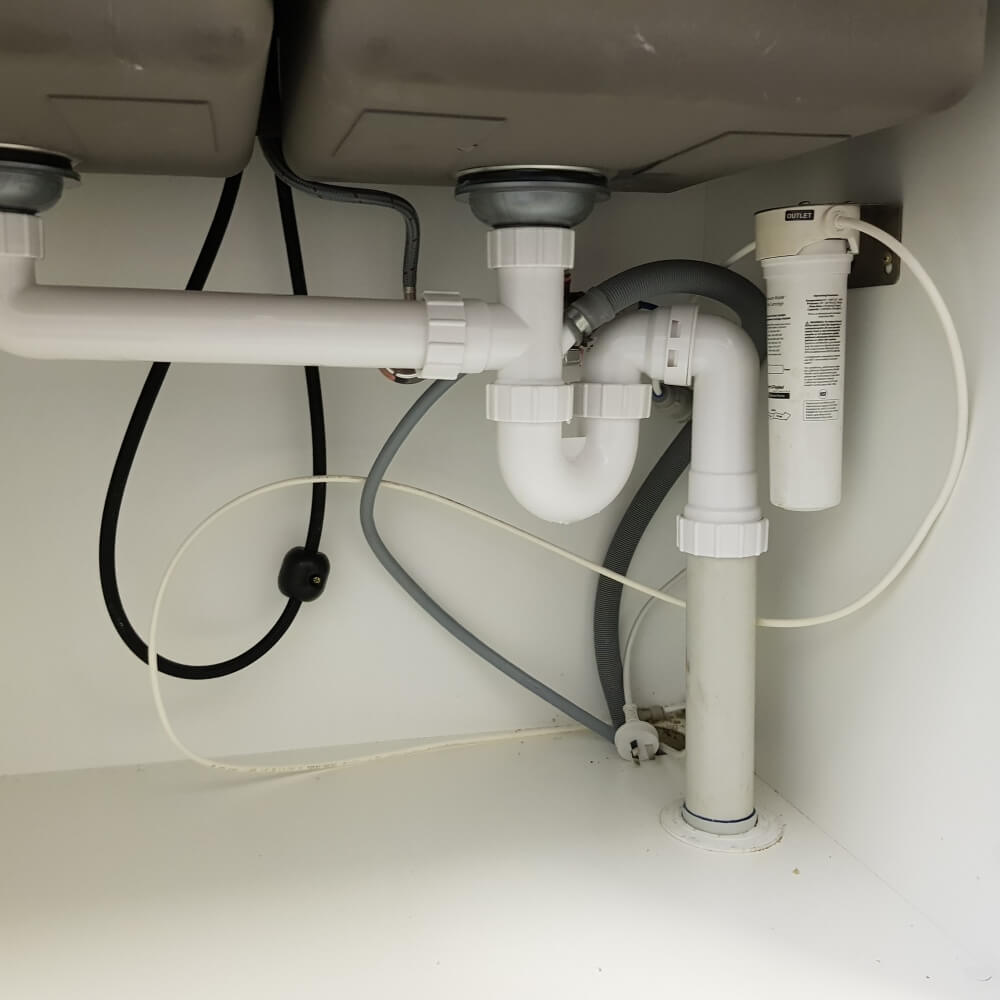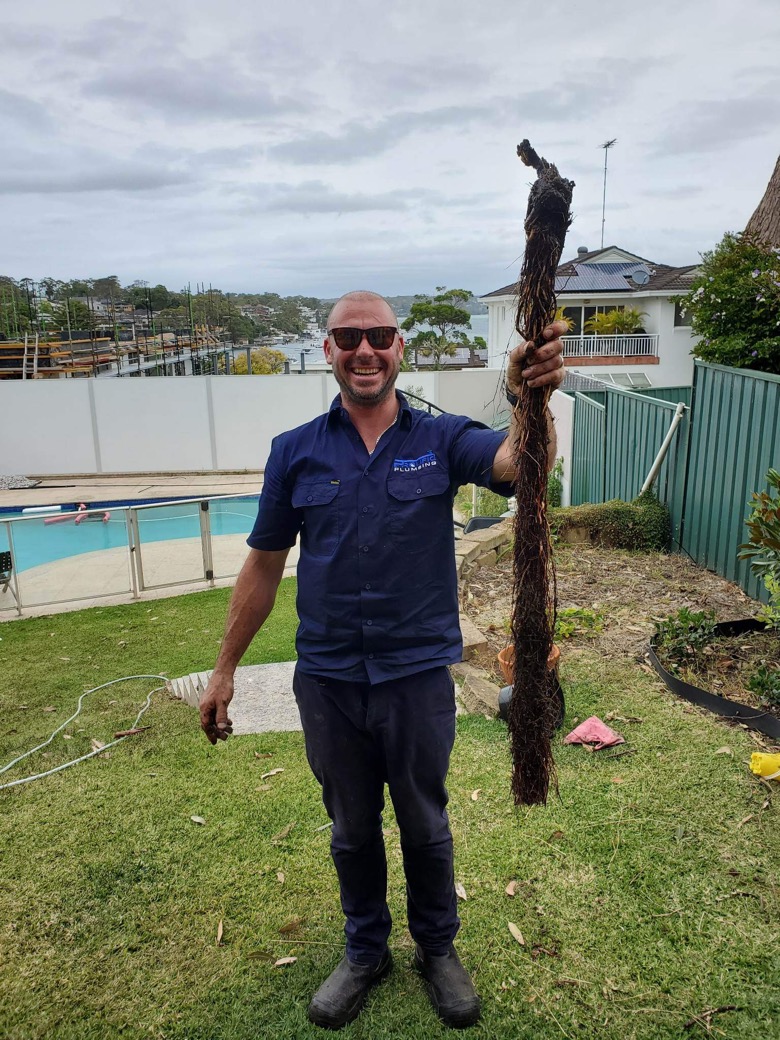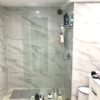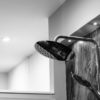
Shower screens are ideal for small bathrooms. They are making the space into a bigger look and will be evoking a sense of a luxury hotel environment. Prolific Plumbing is a Shower Screen Installation professional servicing Hurstville and other areas of Sydney. Nothing makes it happier to keep your home decorated and well maintained and if you are a new one to begin this process, try it from your wet area or the shower.
Prolific Plumbing has various screen ranges to make it a better place for an hour shower place and to gain excellent results. Replace the shower panels with some ranges of shower panels and start a project to yield excellent results.
When thinking about installing a new shower screen, it is more like a fun project that everyone can enjoy. Installing a Shower Screen is an essential part of any bathroom renovation. So there are various ways of installing these shower screens, and Prolific Plumbing has the following shower screen installation options to choose from.

Shower screen installation process
Step 1: Set out the brackets
The first thing to do here is the setting out the brackets. Make those centre lines of the panels on the floor, and by using a spirit level, we need to mark the vertical centerlines, which are upon the walls to length over 2000mm high. Mark these screw holes onto the brackets with the panel centerlines, which join the floor and the walls. It has to be at a recommended spacing.
Step 2: Attach brackets
The second one is the attaching brackets. It has to use a ceramic drill of 6mm for drilling the marked holes to have a depth of 30mm. It has to be done by applying pressure onto it at a low speed; then, it has to insert with those supplied plastic plugs. These plastic plugs have to be set on to each hole and trim that excess of them using a utility knife. Next, these brackets have to be attached using screws and then loosen those grub screws.
Step 3: Install a fixed panel
Step three is to install a fixed panel. Cut those rubber blocks into 6mm and positioned them into each bracket with support from the glass. Lift these panels into the wall brackets of the floor and tighten them up with the grub screws by using an Allen key. The process must be done by using the gloves of glass lifting.
Step 4: Secure the hinge panel
Securing the hinge panel. By repeating with that hinge panel, we have to check whether the door is opening 6mm wider than it is onto the door panel. And the gap between the wall and the panel should not be more than 12mm. Then after the screws have to tighten, there should be a rubber block placed on the above brackets to create an even gap.
Step 5: Seal gaps
Sealing those gaps will be the next step. There should be an applying silicone to the gaps between those panels and the walls. It has to be done by using a spatula of silicone to push to the gaps and scraping away from the excess. These are smoothing the surface with some rounded corners as well. There should be sealing the gaps between the floors and those panels right after installing the door.
Step 6: Attach the door panel
Attaching the door panel is the last step. The hinges have to be secured onto the recesses on the hinge panel. The rubber blocks, which have been already positioned to the opening son door’s blocks, are lifting the floor to the blocks and attaching the hinges. We need to check whether these gaps have an even distance and tighten those screws and the block removing. The excess rubber has to be cut away from the other types of panels.
Why do you need a professional shower screen installer?
There are potent DIY shows and stores for those who are feeling excited to try new things and fix up the items on their home by themselves. However, this is not the best practice to have a better ending. Sometimes, you need help from professionals to make things right. So that is the reason for selecting an expert team as Prolific Plumbing.
Our team has the best budget option on shower screens, and we see many clients are facing troubles on having a sad outcome. This happens due to poor installation of shower screens performed by someone who doesn’t have the experience and knowledge to fix it correctly.
It is always a considerable point to choose an excellent contractor for installing your screen. Even some others have the experience, they can be still the wrong choice, and if someone has a long reputation with the trust of clients, that will be the best for you. This job is not as easy as installing a shower rail or a toilet roll holder, so you need to find an installer who has the qualified, insured and certified features.
The best progressive way to avoid common mistakes will be to take the assistance of our team for your sower screen. Why do you need to call us at Prolific Plumbing? These are the reasons.
Decisions on budget and the design
Proper shower screen installation always begins with the decision. So it is very crucial on choosing the correct shower screen for you. Take into consideration of your budget and the design. Our team is there for you to help in discussing several options you have and will help you have the best choice before you begin the installation. There is a wide range of shower screens that differ in price dramatically.
The layout of the bathroom
It is so important on considering the layout of your bathroom when you are selecting a shower screen. The worst thing in a shower screen is the opening outs, and they are hitting the bathroom door or a newly installed bathroom vanity. So when choosing the glass door of sliding, you have to ensure that it is sliding in the correct direction for effective usage.
Taking the right measurement before installing a shower screen is the main task to perform. If you got the incorrect measurements, you will surely end up with a screen that will not fit correctly, which would be an expensive mistake for you.
Shower seals
Seals of the shower screen are the second most important option here, and they are keeping the water of the shower to be recessed with the sealing of glass joins. Although DIY people can do this, they have a high possibility of getting these attachments into wrong, and they will not either install them correctly or cut them out with some incorrect sizes.
This means that shower screen installation will not be performed properly and that it will risk to be unstable. They are causing the leakages, and more water will be on the floor, and more moisture comes to the bathroom. So those are leading into more moulds around the joins of the bathroom.
So give us a call at any time if you want to have a budget-friendly shower screen installation. We will manage to do it properly and will ensure your valuable time and money. Prolific Plumbing is expert in shower screen installation in Hurstville and other Sydney suburbs.












